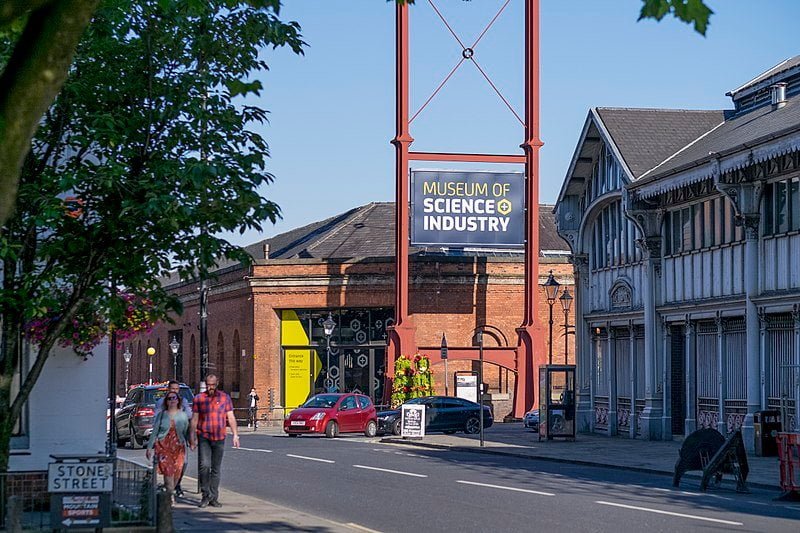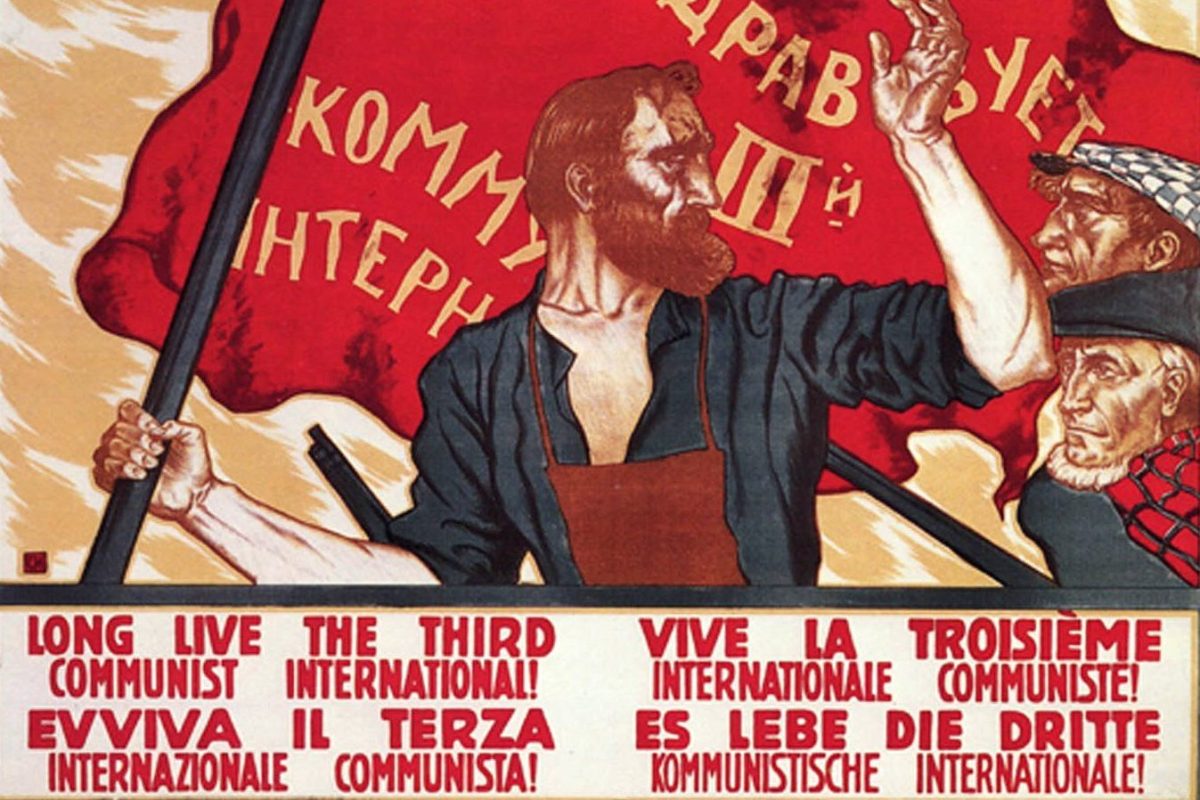This year’s LRC conference took place on Saturday 14th
November in central London.
The LRC is currently the biggest left formation in the Labour Party with over
1000 members and with affiliations from 6 national trade unions. Although it is
probably the most significant left group in the party for some 15 or more
years, it is best viewed as an
anticipation of what is to come. Some 240 people attended this year’s
conference with about half being delegates from affiliated organisations. The
composition of the conference was in the main drawn from older lefts in the
unions and the Labour Party, but there was also a smattering of young people.
The LRC combines a range of different tendencies and views
both within the party and outside. The range of resolutions debated and indeed
passed by conference reflects that. So, while on the one hand conference voted
overwhelmingly for the Socialist Appeal resolution calling for the
nationalisation of the banks and the commanding heights of the economy under
democratic workers control and management. It also endorsed “The People’s
Charter,” which represents a reformist position.
Reformism, and particularly left reformism, reflects the day
to day pressures from the working class on the labour movement, and especially
on the official leaderships. The more pressure from below, the more likelihood
there is of the development of a left reformist current in the unions and, at a
certain stage, within the Labour Party itself. The next few years will see
savage cuts in the public sector and massively increased pressure on workers in
private industry, plus also most likely a new Tory government. Under those
conditions sections of the trade unions and their leaders will be pushed to the
left. After a defeat in the General Election, individuals in the Labour
leadership are likely to feel the way the wind is blowing as well. The right
wing will be utterly discredited and as such it’s likely that one or more might
“break cover”.
With this perspective in mind it’s probable that the LRC
will represent part of a bigger shift to the left, rather than necessarily
developing into a mass left current by itself. But the LRC, and particularly
John McDonnell, has tapped into a certain layer of activists. In some
localities it has managed to operate as a pole of attraction, especially where
there is nothing else going on.
The forthcoming General Election will see big changes in the
Parliamentary Labour Party, with a number of left MPs retiring or not standing
for election and as such it is vital to try and ensure that the best of the
left MPs get back in. As such, a greater emphasis has been placed on trying to
develop local LRC groups in the regions. Where local groups have been
established and some work has been put in, evidence indicates that they have
been able to attract a layer of activists. This was also reflected in a
resolution from the North East calling for the LRC to link up with workers in
struggle and to begin to build LRC supporters groups in the trade unions.
The conference was pretty much open and democratic. The LRC
doesn’t possess an army of full time officials to police the membership and,
despite the pressure of time, a significant number of delegates were able to
participate in the discussions. This included hustings for two places on the
left slate for the Labour Party NEC. These were won by Christine Shawcroft and
Susan Press. In the national committee elections the 2 supporters of Socialist
Appeal who stood were elected unopposed in the affiliates section of the
ballot. Over 60 copies of Socialist Appeal were sold on the day and two
separate leaflets were distributed. Probably the biggest cheer of the day came
when it was announced that the far right Scottish Defence League had been
prevented from demonstrating in Glasgow.
SOME PHOTOS OF THE CONFERENCE:










